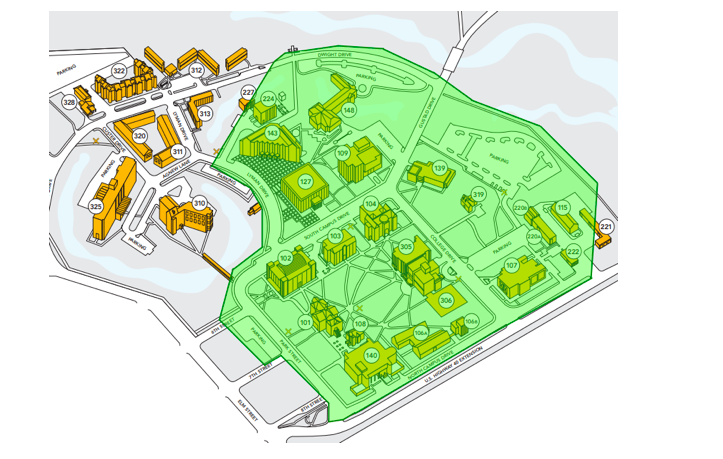BY CORIE LYNN
For the past year, Fort Hays State University has heavily relied on Wi-Fi.
The University already utilized online platforms for classes, library resources and other learning tools, but the transition to online learning to accommodate the COVID-19 pandemic has made the internet a necessary part of students’ higher educational experience.
With the increased need for online learning comes an increased need for wireless internet access for students.
Derek Johnson, FHSU’s manager of network operations, explained that the university has wanted to improve outdoor Wi-Fi coverage since 2011. The need brought on by the pandemic pushed the university to install units that make the internet accessible across campus.
“We saw many classes being held outside,” Johnson said, “but individuals with laptops always had to remain near a building. Move anywhere near the center of the quad, and your signal disappears. We also learned some people didn’t have the best Internet situation at home and were coming to campus to get online.”
As COVID-19 changed the format of education, the State of Kansas introduced the CARES Act, which provides funding for schools to improve infrastructure and technology.
According to Johnson, FHSU decided to put its portion of the Act toward installing the Wi-Fi units.
Part of the plan for the installation was to place the Wi-Fi units in strategic locations, including areas that would allow people to access the internet while in their cars in the parking lots.
“Wi-Fi is a little like light. You want it close to people but not too close,” Johnson said.
He went on to explain that choosing locations depended on a number of factors.
These factors included the locations of trees, which absorb internet signals, the locations of existing infrastructure and the access points for power and data.
“We contracted with Hays area businesses to run conduit in the ground from nearby buildings and tunnels, and pour concrete pads,” Johnson said. “This allowed us to run fiber and power through the conduit to the concrete pads where the 20’ pole or bollard was located.”
He says that the University ended with 23 unit locations across campus. There are 15 bollards, or short posts attached to the ground, and eight poles 20 inches high.
With all of the units installed, students and visitors alike can access the internet everywhere from the middle of the Quad to the parking lot behind Hammond Hall. Campus housing areas, though, do not have outdoor units.
According to Johnson, the new units were installed to help both campus students and campus faculty. Both groups can access the internet without leaving their cars, and classes can meet outside without worrying about their network connection.
“Students can relax or study in the quad using Wi-Fi,” he said. “As a side perk, people have commented that having outdoor Wi-Fi helps them save on their mobile data plans.”
Other universities have utilized outdoor internet through hotspots or equipment installed on buildings. But Johnson says FHSU took the approach of the units because it did not want users to worry about signal strength across campus.
“We wanted to make it ubiquitous in the academic areas, so it was always ‘just there,’” he said. “So far, I have been very pleased with the results.”

